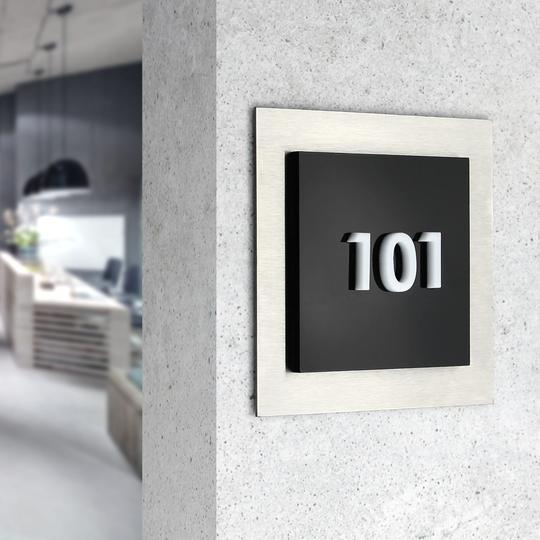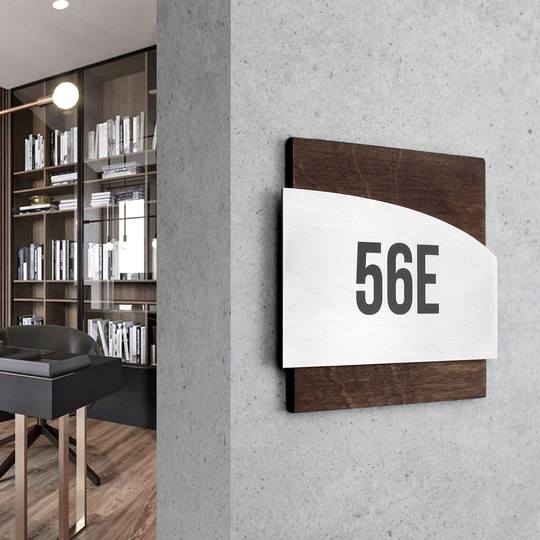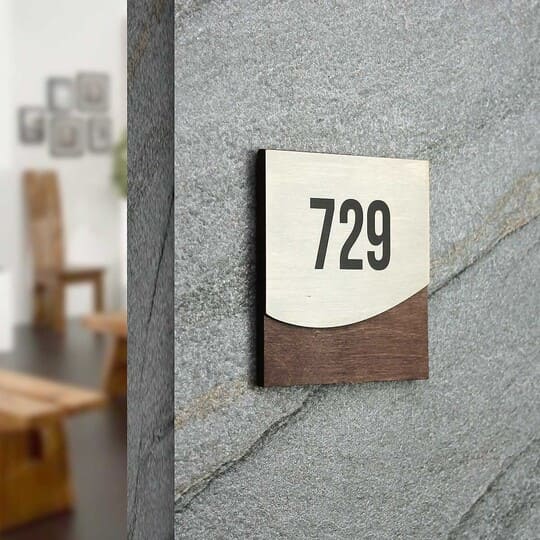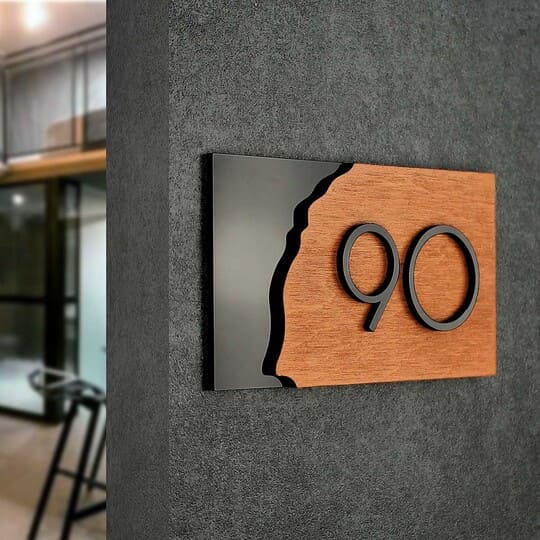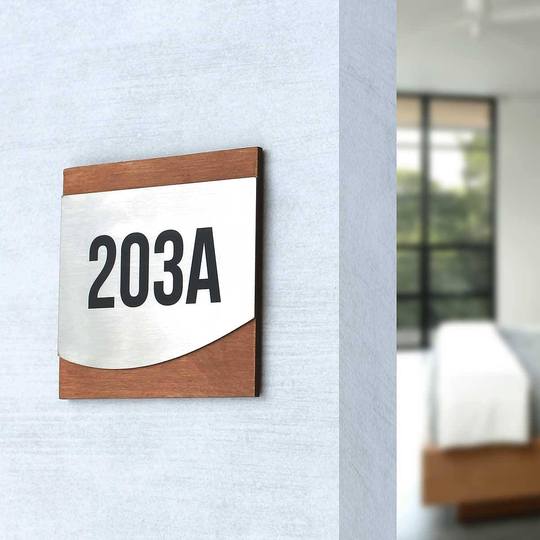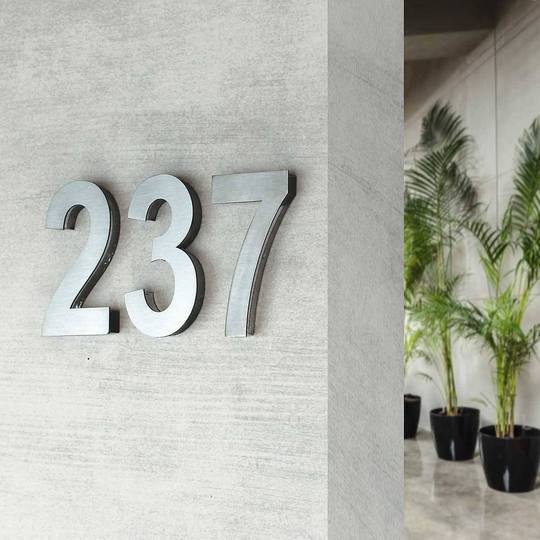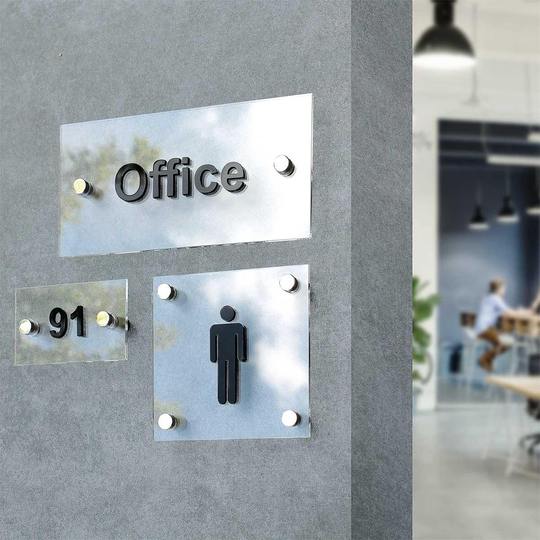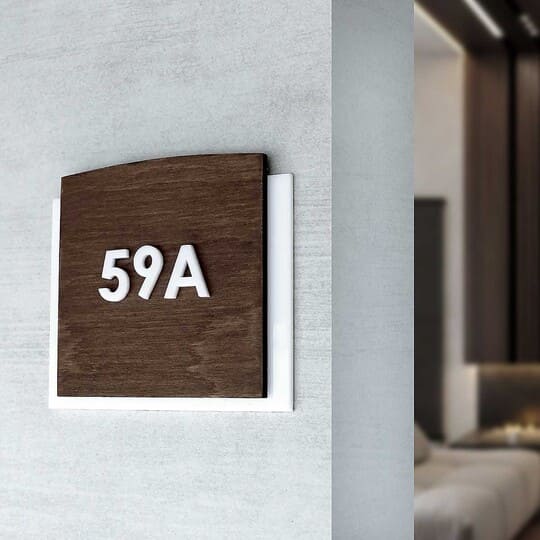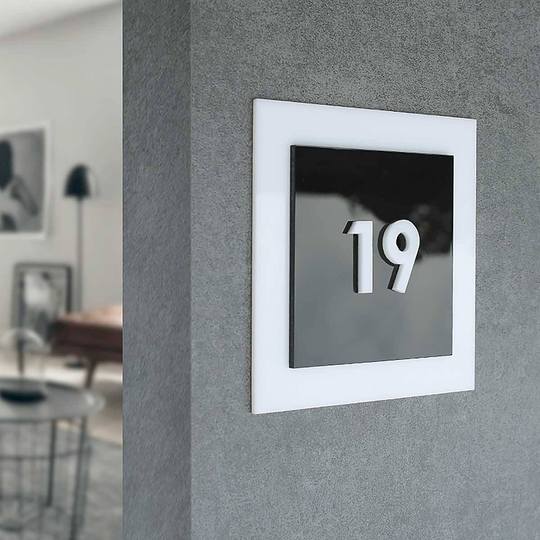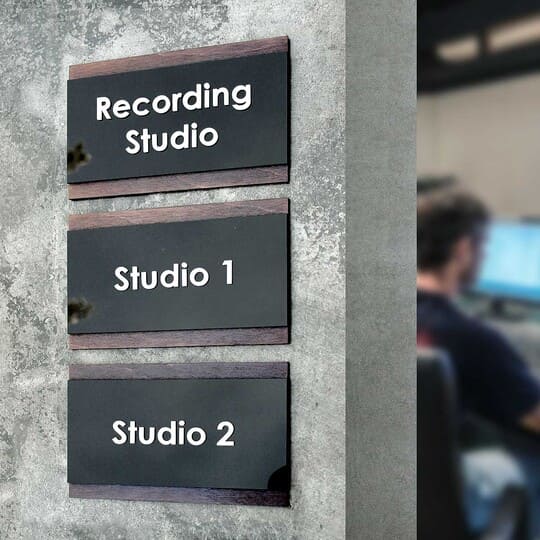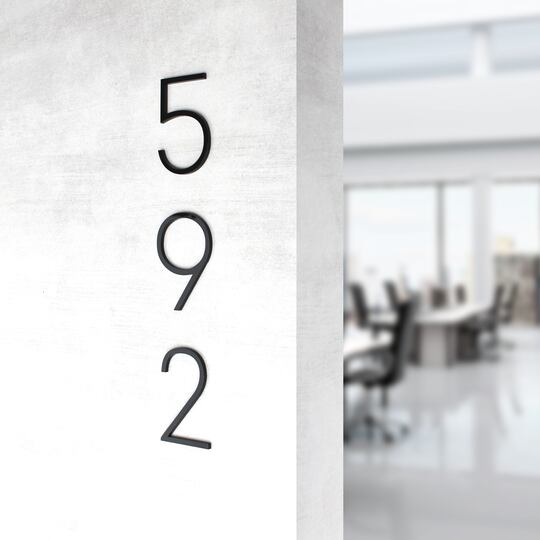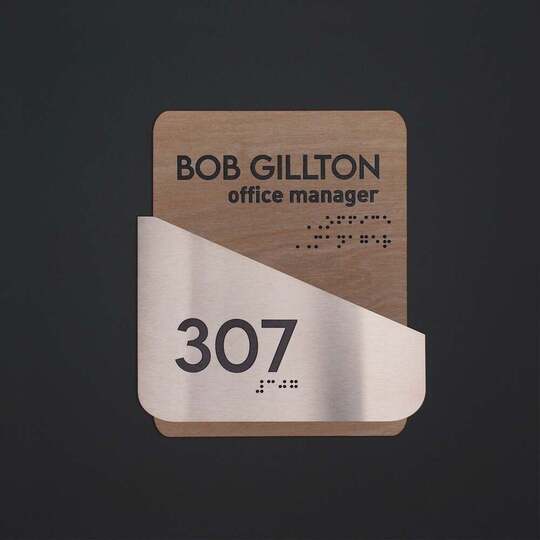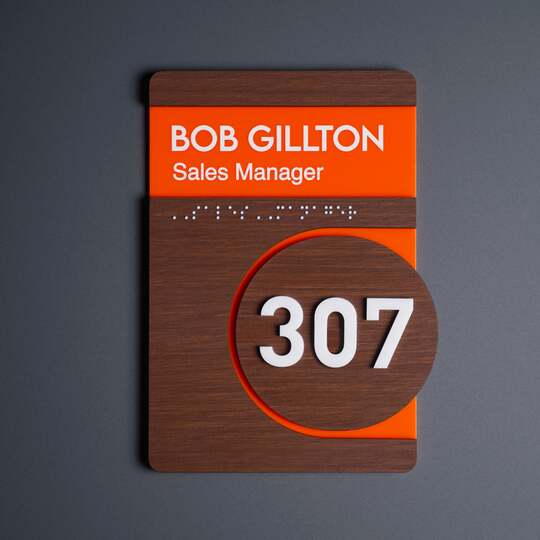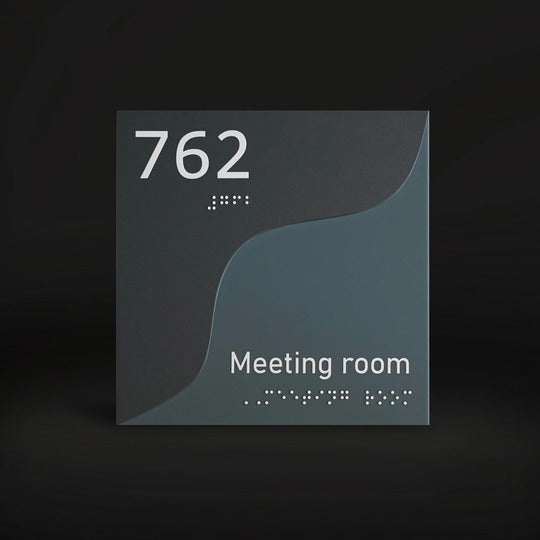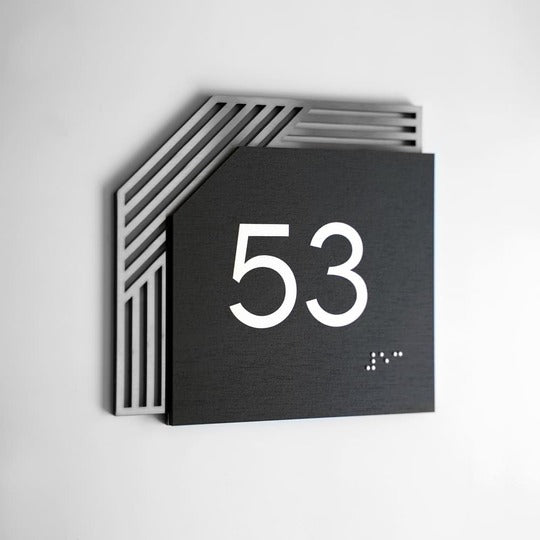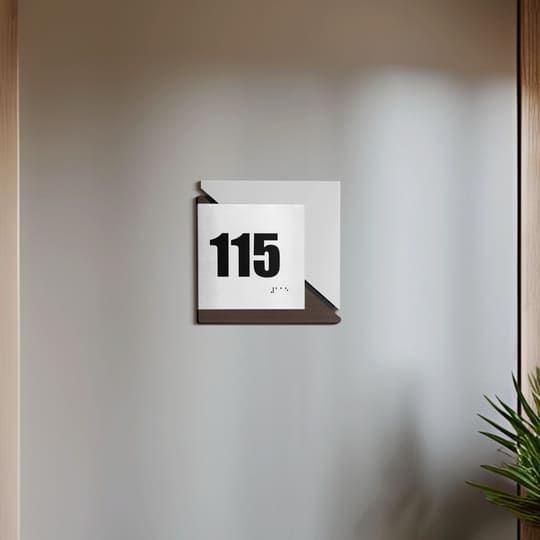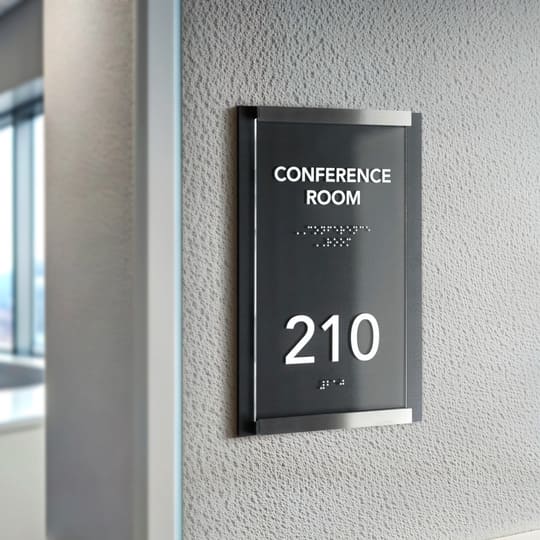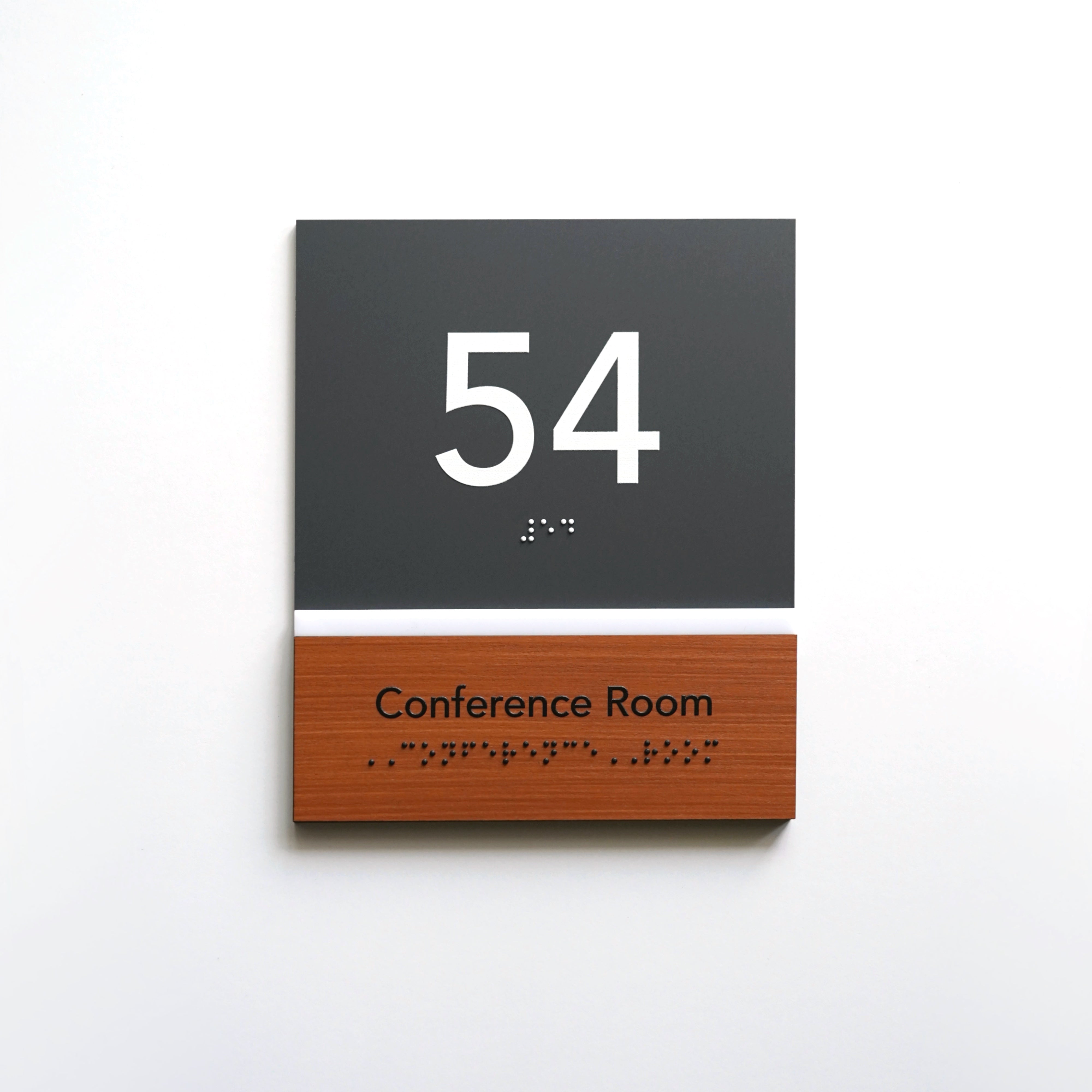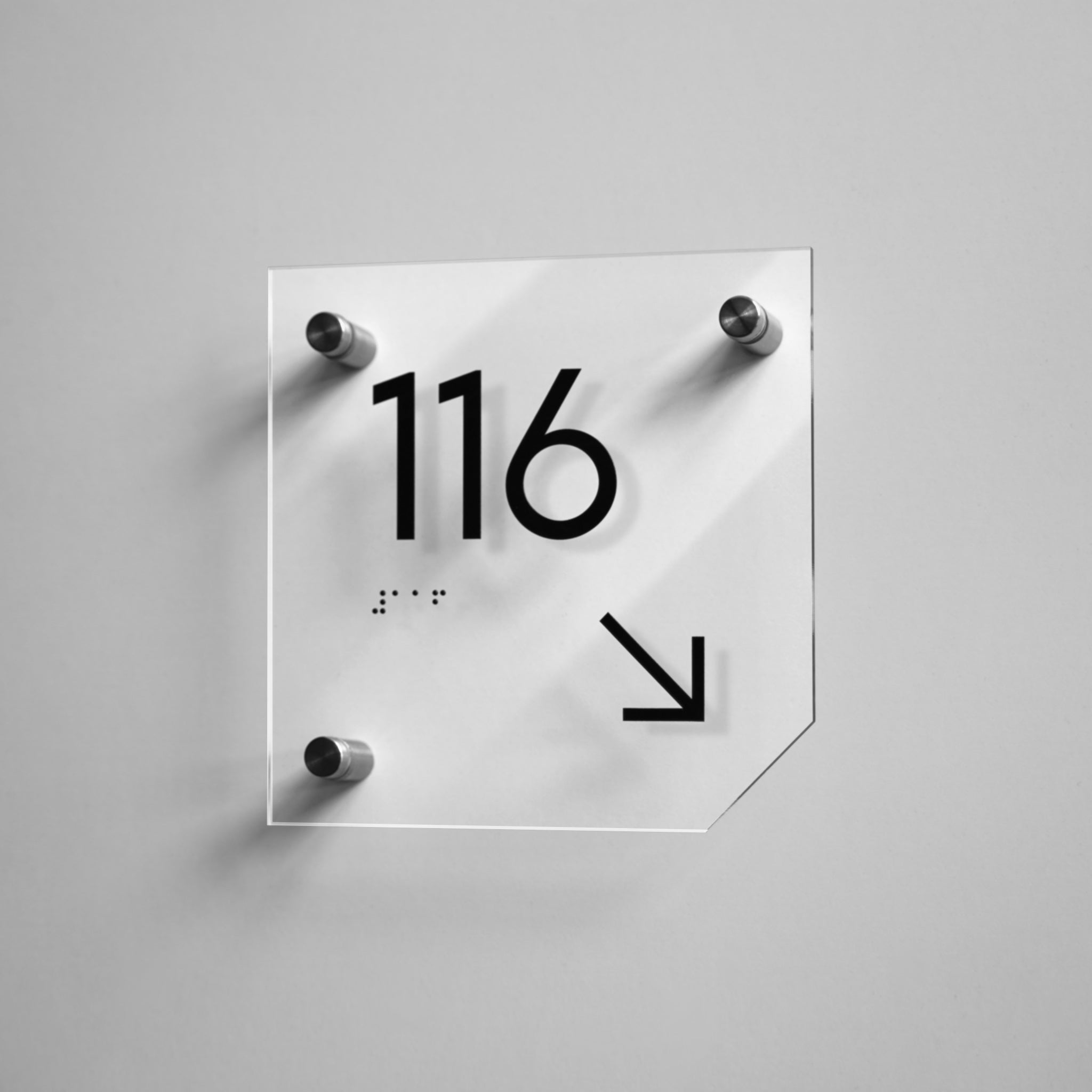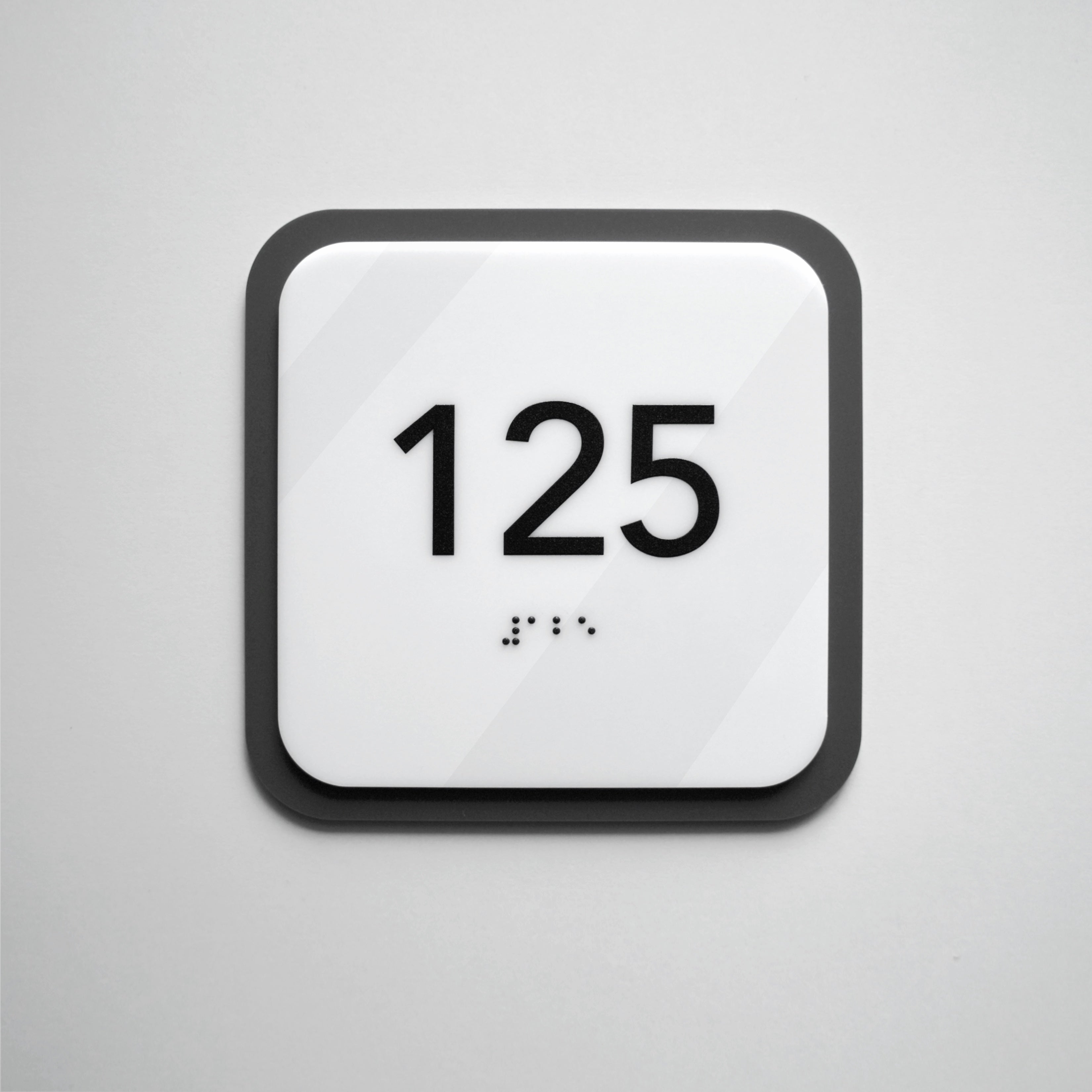ADA Directional Signage
The comfort of building planning depends on many insignificant elements. Have you ever considered the significance of directional signs? In fact, directional signs are silent guides of your facility that can guide visitors to any point inside the building.
Various indoor directional signs are made for different purposes. However, they all share one common thing - directional signs should be accessible. Otherwise, they will not be able to perform their major guiding function. And when it comes to accessibility, disabled individuals should be deprived of this basic privilege.
The Importance of ADA Wayfinding Signs
ADA wayfinding signs are specially designed directional plates that can be used by people with specific impairments. There is a couple of major reasons to have such plates in your facility:
-
Inclusivity: Any public space should be inclusive to everyone, and should not discriminate against those who for some reason suffer from physical disabilities. The application of ADA-compliant signs is just one of the necessary elements.
-
Regulatory compliance: Accessibility provided for disabled individuals in public spaces is monitored by the authorities. So if you do not want to be fined, you better know the minimum requirements.
ADA Directional Signage Requirements
-
Raised characters: ADA signs are designed to show the accessible route to all individuals, including those who suffer from vision impairments. That is why such signs should feature either raised characters or braille, or better both.
-
High-contrast colors: Even if a disabled visitor is not going to perceive information on signs in a tactile way, he or she might have difficulties with distinguishing similar colors. Thus, if the symbols on signs are made in the same colors as the background plates, they will not be readable.
-
Strategic placement: All permanent areas should be equipped with signs that show an accessible route to disabled individuals. Accessible entrances and exits are mandatory for any public facility, so entrance signs must be ADA-compliant. Restrooms should also be marked with respective signs.
Types of ADA Directional Signs
We distinguish ADA directional signs and handicap room signs. The difference between those two signage types is that ADA signs are the ones that have raised characters, contrast colors, and braille. They might not designate areas designed specifically for disabled individuals. This is what handicap room signs do. A handicap restroom sign, for example, means that a respective bathroom has all the necessary equipment and space for a person using a wheelchair.
Why Buy from Bsign
Bsign is a premium-quality manufacturer of door plates and plaques. We understand the importance of an accessible route for every visitor that is why we create identifiers that fully meet the ADA requirements. With us, you do not need to be worried about any pitfalls or unknown rules because we know all of them.
Besides, we combine this knowledge with the handcraft of top-quality products. Using UV-printing technology, our specialists create unique signage items that can be used all across your facility for different needs.
FAQ
What are ADA wayfinding signs?
ADA-compliant plates are a type of signage designed to be accessible for disabled individuals. Compliance with the ADA rules is especially relevant for restroom, exit, and entrance signs.
For how long do I need to wait for my disabled-accessible directional signage?
The standard processing time for a single order is around 3 business days. A bulk order will take from 10 to 14 business days.
Can I buy a custom-made ADA directional sign?
Yes, Bsign crafts custom-made ADA plates with your unique symbols, logos, prints, colors, etc.
